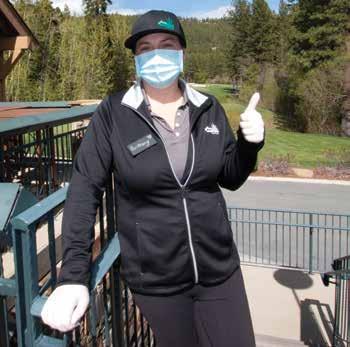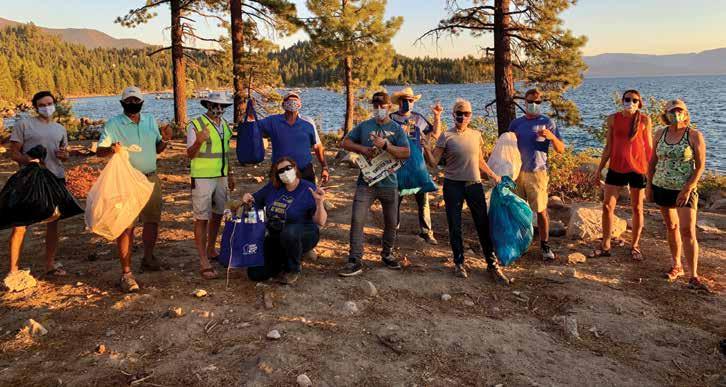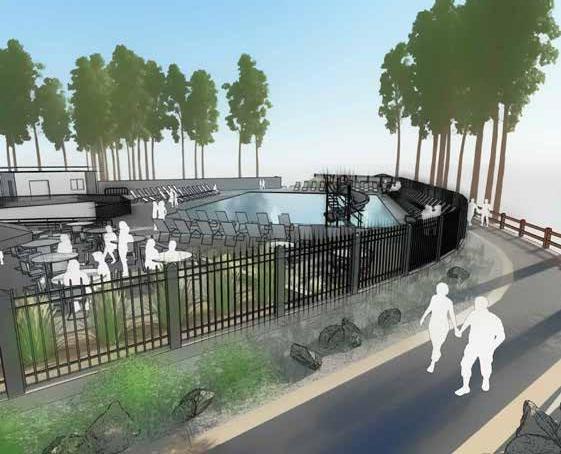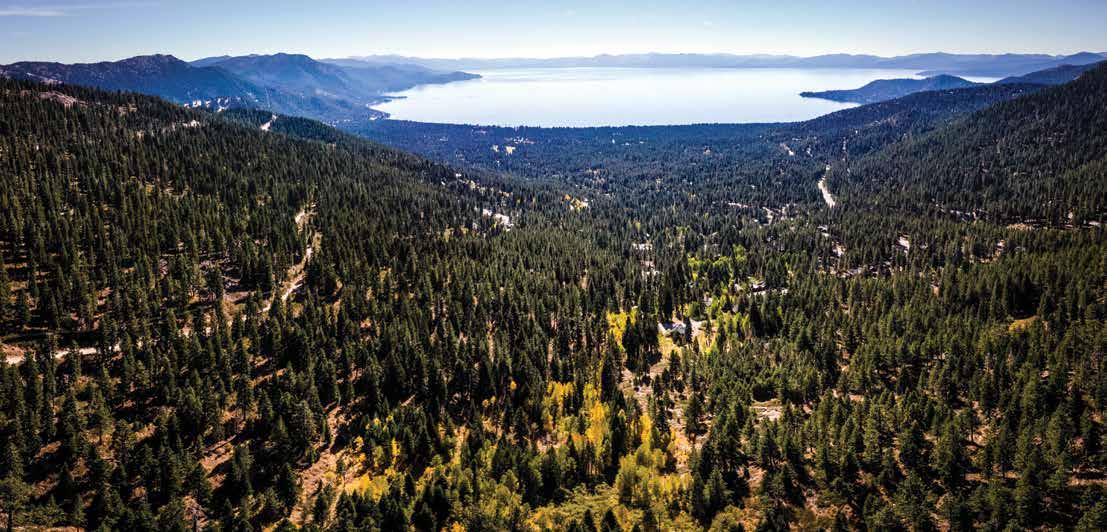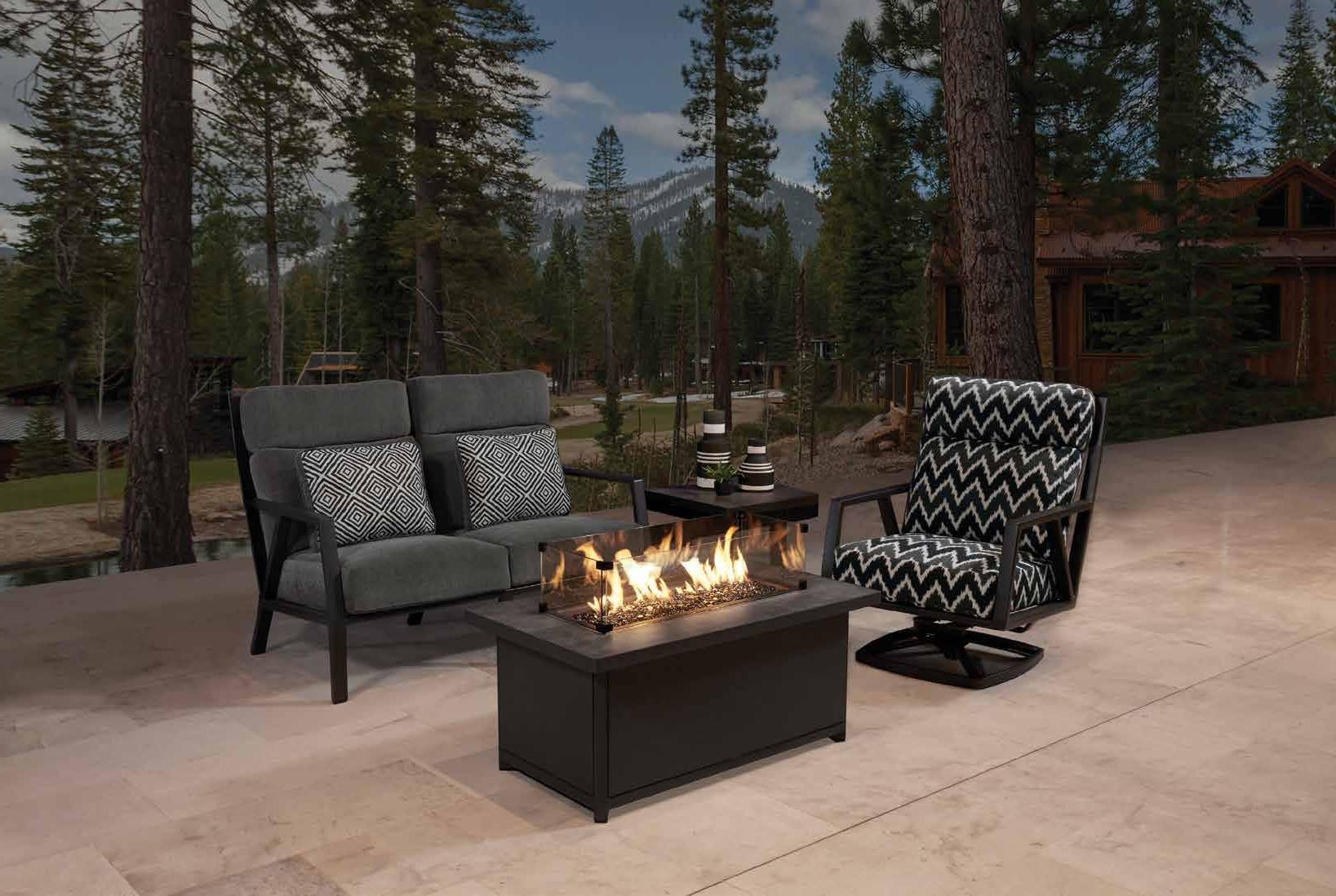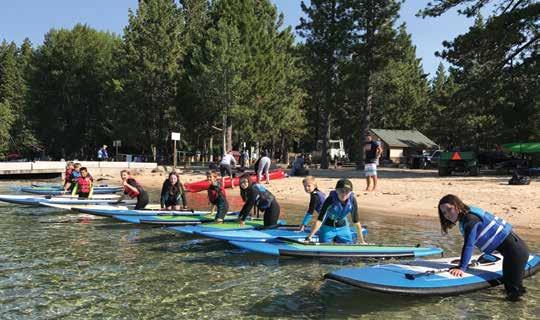
5 minute read
Backcountry Safety Tips
Venturing outdoors into the backcountry is one of the great perks of living in the Lake Tahoe region. Getting away from the crowds and into nature comes with many rewards, and a few risks as well. Keep these tips in mind before your next backcountry adventure and you’ll have a better chance of enjoying nature without running into trouble.
What to Pack:
Advertisement
There are a few different variations on the standard “backcountry essentials” packing list based upon where you will go, what time of year it is, what the weather is going to be, and how many people will be in your group; but these items are generally included: • Map & compass, or GPS/trails app • Whistle (& mirror in deserts) • Flashlight (with extra batteries) • Water filter or chemical water treatment • Food • Extra clothing (rain gear) • Sunglasses (sun hat & sunscreen) • Multi-tool pocket knife • Waterproof matches & fire starter • First aid kit Drinking water isn't usually listed as one of the ten essentials, but nothing is more important to wilderness survival than water. Plan ahead and always keep your water bottles full, and know where your next water source is located, even if you are only planning a short hike..
Don't Go Solo
It’s always best to have support in the backcountry if possible. Whenever possible, always hike with at least two other participants. If you leave your group for any reason, make sure someone knows where you will be. In the event of an accident, one person can remain to care for the injured hiker while the other person goes for help. This is common sense in remote areas where you aren't familiar with the terrain and the weather can change without warning.
Injuries
Most injuries can be prevented. The most common hiking injuries are blisters, lower leg injuries (sprained ankles, torn muscles) and dehydration. Prevent these problems by physically conditioning yourself so that you are strong well in advance of a hike, make sure your boots are well broken in, and take care of your feet. Listen to your body and

maintain your mental acuity. Keep your energy levels up by snacking frequently and drinking plenty of water; this will help you keep from stumbling on the trail. Take breaks when you need to, and know your limits. Stop for the day when you are getting tired. Plan for adverse weather by carrying appropriate gear.
Cold Weather
Becoming too cold can rob you of the ability to make rational decisions. Signs of hypothermia are: loss of motor coordination and the person begins to stumble; fingers and toes lose feeling and the person can't use zippers and buttons; the person shivers uncontrollably. Wear clothing that retains body heat even when wet (not cotton). Prevent getting too cold by having layers to add. Wear a hat. Stay dry by removing layers before you start sweating and adding them back before you start chilling. If you don't have enough layers to stay warm, it's time to retreat to your sleeping bag inside your tent. Drink lots of water; eat snacks.
Altitude Sickness
When you go to an area of higher altitude, the amount of oxygen in the air decreases. If you go too high too fast, problems can occur. Wilderness Volunteers recommends that you arrive early so that you can become acclimated before doing strenuous work at altitudes above 8,000 feet. Drink plenty of water and eat carbohydrate-rich foods. Signs of mild altitude sickness include headache, fatigue, nausea, loss of appetite, difficulty sleeping and shortness of breath. The best treatment if you have these symptoms is to rest and not go any higher. If the symptoms don't resolve in 24 hours, the person should go down the mountain. If the symptoms progress to loss of coordination, wheezing or severe headache, the person should descend immediately.
Allergic Reactions
You should always bring an antihistamine when going into a new area because it isn't unusual for something to be blooming that causes an allergic reaction. Benadryl is available over the counter.
Blisters
Those fluid-filled bubbles on your feet are friction burns. The friction causes a separation of the outer layer of skin from the sensitive inner layer. This only happens where there is hardened skin - heels, toes, soles, palms. Other skin just rubs away leaving an abrasion. Blisters can be painful, but they aren't a serious problem unless they become infected.
How should you treat them? Common advice is to leave them alone and pad the areas around them unless they are really painful. If you do drain them to lessen the pain, use a sterile needle, massage the fluid out and leave the roof of the blister intact to protect the tender skin underneath. If the roof has been rubbed away, treat as you would any other wound with a triple antibiotic ointment and bandage. Pad the area around the blister to keep the pressure off while it heals.
Blisters can be prevented by wearing boots that fit and are broken in, wearing a sock liner, treating hot spots with tape or moleskin before they become blisters and by taking off your shoes and letting your feet dry when you take a break from hiking. Some hikers lubricate their feet with petroleum jelly to decrease friction.
Lightning
Know the local area weather patterns. Lightning storms tend to roll in quickly in the afternoon summer months. Pay attention to storms: when the flash of lightning precedes the boom of thunder by five seconds, the storm is approximately one mile away and you should have already found a safe place to wait out the storm. Find a safe spot. Avoid high places, high objects, lone trees, metal objects, open places and open bodies of water. Seek uniform cover, i.e. trees of the same height, deep caves, buildings, cars with the window rolled up. If you are caught out in the open, assume a safe position. Squat or sit in a tight position on insulating material (your pack will work). Groups should spread out, but keep everyone in sight.


